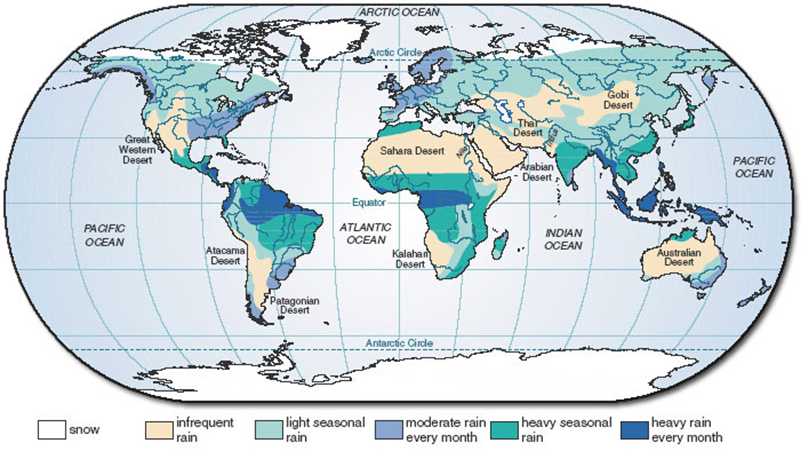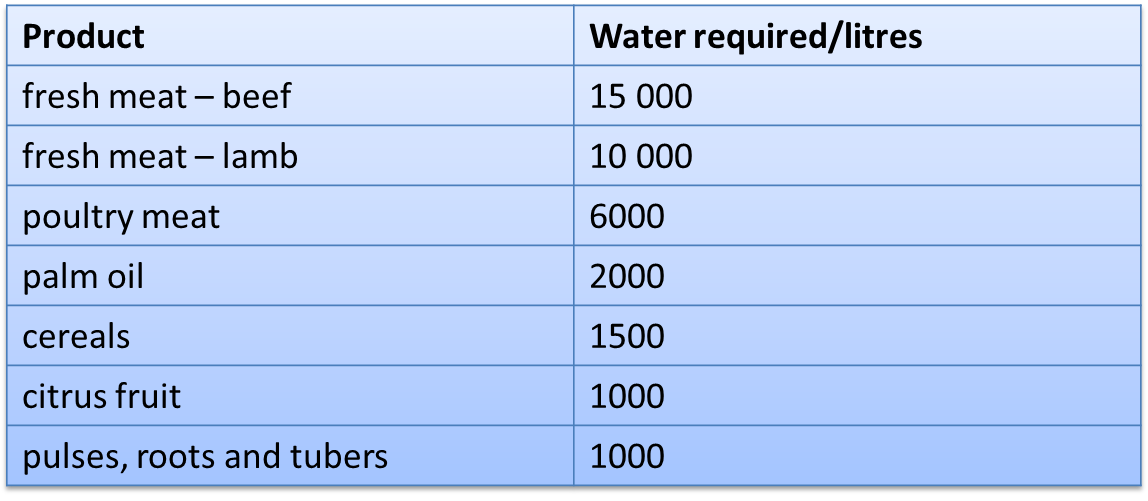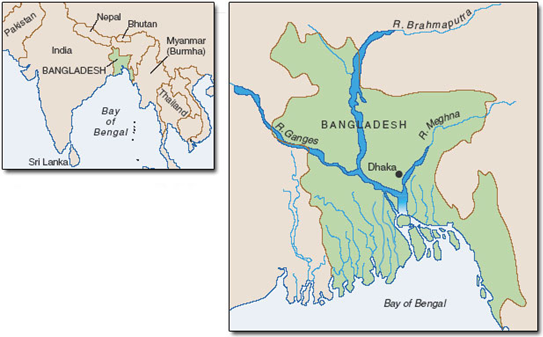Waste converted to Clean Water
The
sewerage system is now an important component of the water cycle, with
water-borne human waste being collected, treated and returned, as cleaner
water, to the water cycle, into rivers or the sea. The primary function of
sewage treatment is to break down faeces and remove harmful microbes from the
water. Sewage plants also have a role to play in removing harmful chemicals
from water. In heavily populated parts of the world, water passing through
sanitation systems represents a substantial proportion of the water flow in
rivers. The River Lea, which runs from Hertfordshire in England into the River
Thames, would probably cease to flow for much of the year were it not for the
output from sewage plants (Brown, 2002).
The
population in many of the world's megacities is growing so fast that the
development of effective sewage systems is not keeping pace. In cities such as
Karachi, in Pakistan, the water supply, mostly from groundwater, is heavily
polluted by untreated sewage and contains high levels of bacteria (Rahman et
al., 1997).
If predictions about a
shortage of water for half the human population in 2025 seem alarming but far
away, it is important to point out that, for many people, a water crisis is
already a daily experience: many people in the world already face the severe
adverse consequences for their health of having insufficient water and water
that is also polluted. This is particularly true in Africa.

Above image and text sourced from OpenLearn
under a Creative Commons
Attribution-NonCommercial-ShareAlike 2.0 Licence
http://openlearn.open.ac.uk/mod/oucontent/view.php?id=398708§ion=1
People in many parts of
the world currently face a chronic shortage of water. This is a developing
crisis that is expected to get worse. Several factors underlie this dire
prediction but in addition to these, climate change is expected to cause major
changes in the distribution of freshwater. The uneven distribution of
freshwater across the world is illustrated here

Above image and text sourced from OpenLearn
under a Creative Commons
Attribution-NonCommercial-ShareAlike 2.0 Licence
http://openlearn.open.ac.uk/mod/oucontent/view.php?id=398708§ion=1
People use water for a
variety of purposes. As well as water for drinking, people use water to wash
in, for sanitation, to irrigate the land for crops, to give to livestock, as a
source of food (fishing), for transport and for recreation. The major
categories of water use, on a global scale, are (in order of increasing use)
reservoirs and municipal needs, industry and agriculture – the last being the
most demanding in terms of water use.
Water use in agriculture
is of two kinds: irrigation of crops and watering of livestock. Many methods of
crop irrigation are wasteful of water in that much of it is lost into the air
by evaporation before it is taken up by crops. Livestock use even more water.
Below the amounts of water required to produce various major food products are
compared. Notice how ‘expensive’ it is to produce beef and lamb in terms of
water requirements.
http://openlearn.open.ac.uk/mod/oucontent/view.php?id=398708§ion=1
Volume of water required to produce 1
kilogram (kg) of specific food products

(Source: data derived from UNESCO, 2003,
Figure 1, p. 17)
The
availability of freshwater will be significantly altered in a future world
affected by climate change. In some regions, water availability will decrease;
in others it will increase. Precise predictions about the extent and exact
location of such changes cannot be made because they are based on climate
models, the accuracy of which is uncertain. However, there is wide agreement
that probable changes will include:
Rising
sea levels, which will lead to flooding of low-lying coastal regions, including
major flood plains and river deltas, many of which are currently densely
populated; for example, the Bengal delta in Bangladesh
contains 8.5 million people (Hecht, 2006
• More
rain in northern high latitudes in winter and in the monsoon regions of south East
Asia in summer.
• Less
rain in southern Europe, Central America, southern Africa and Australia in
summer.
• Greater
water flows in rivers that are fed by glaciers.
• Overall,
higher temperatures in all regions, which will lead to greater evaporation so
that, even in regions where rainfall does not decrease, water availability will
be reduced.
Desertification already
“affects more than 110 counties, threatening the survival of more than a
billion people (UNCCD 2009), and the population of the arid regions is
increasing even faster than the world average (Hillel 1994, 33).” Guttmann-Bond (2010, 359)

http://openlearn.open.ac.uk/mod/oucontent/view.php?id=398708§ion=3.2